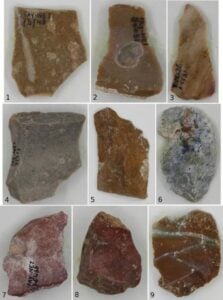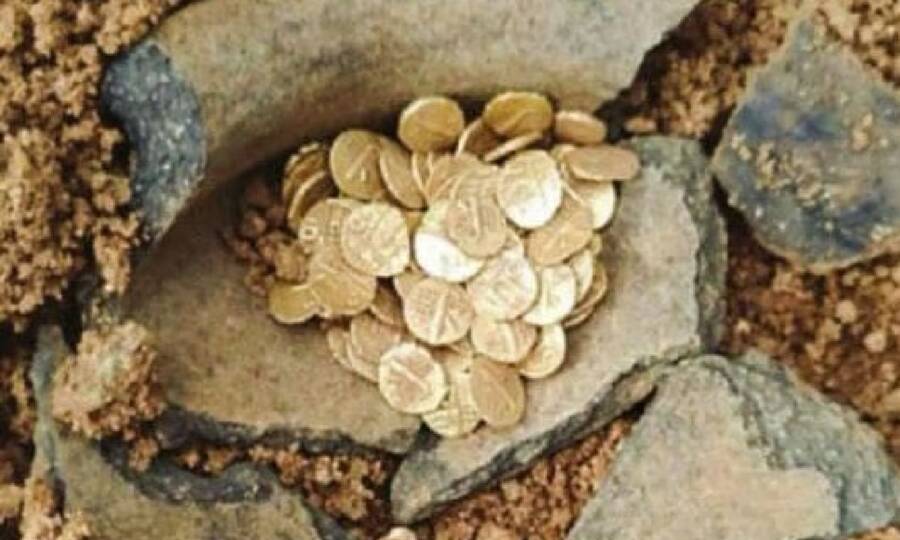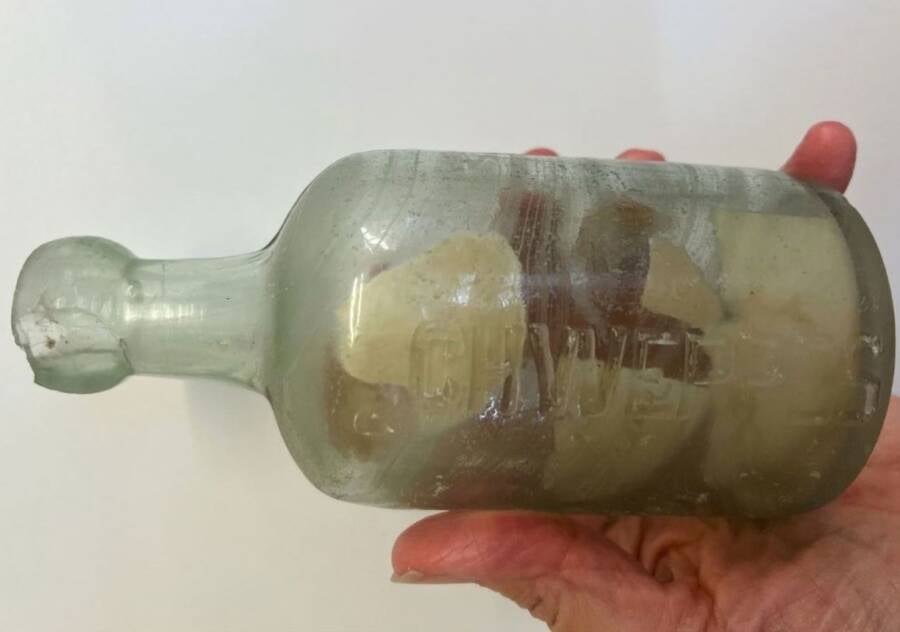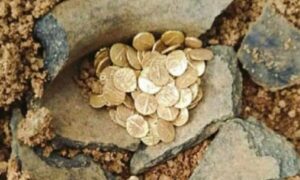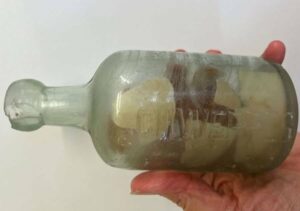“Ancient Innovation: UAE Archaeologists Uncover 80,000-Year-Old Secrets of Early Tool Makers”
Have you ever thought about what it must have been like for our ancient ancestors wandering out of Africa, armed with nothing but rudimentary tools and instincts? Well, a recent discovery at the Jebel Faya archaeological site in the United Arab Emirates has added a fascinating chapter to our understanding of these early migrations. A team of international researchers dug up 80,000-year-old stone blades that mark the earliest known example of systematic tool production in the Arabian Peninsula. This ancient treasure not only unveils the complexity of human ingenuity but also reveals a critical route that early Homo sapiens followed into Asia. However, the real mystery remains—where are the human remains to match these remarkable artifacts? This ongoing quest to link the tools with their makers leaves us wondering: what else is buried beneath the sands of time waiting to be uncovered? If you’re as intrigued as I am, let’s dive deeper into this incredible find and its implications! LEARN MORE.
The 80,000-year-old stone blades also reveal one path Homo sapiens took when migrating from Africa to Asia.
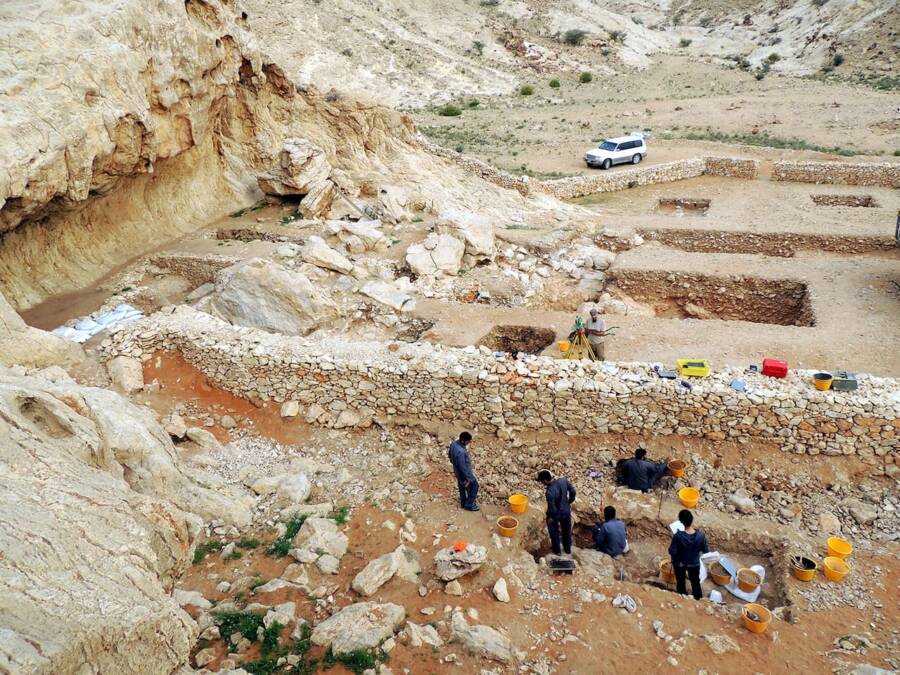
Knut Bretzke/Uni JenaArchaeologists excavate Jebel Faya, an archaeological site in the United Arab Emirates.
Long before the Arabian Desert became an arid expanse, it was a fertile crossroads for early humans making their way out of Africa. Along the way, they left behind some of the oldest tools ever found in the region, offering new clues about their prehistoric journey.
A team of international researchers excavating the Jebel Faya site in the United Arab Emirates discovered an 80,000-year-old collection of stone tools, marking the earliest evidence of systematic blade production on the Arabian Peninsula.
Now, the hunt is on for prehistoric human remains that can directly link these artifacts to the people who made them.
Researchers Excavate The Jebel Faya Archaeological Site
Around 130,000 years ago, a long period of favorable climate conditions began in Arabia, attracting prehistoric populations. A team of researchers recently set out to look for evidence of this human occupation.
Led by Dr. Knut Bretzke from Friedrich Schiller University Jena in Germany, the researchers set their sights on Jebel Faya, a 210,000-year-old archaeological site in the United Arab Emirates that has been undergoing excavations since 2003.
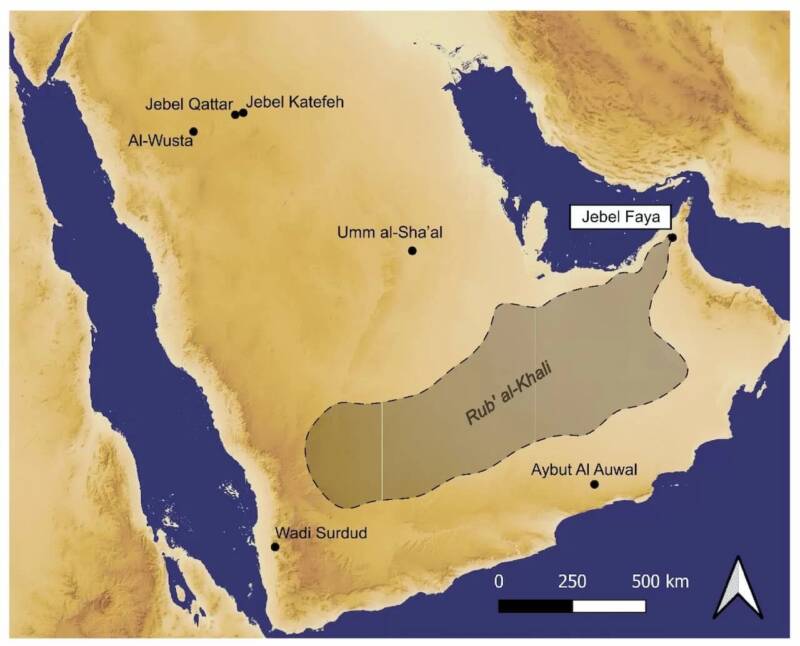
K. Bretzke et al.The location of the Jebel Faya archaeological site, where 80,000-year-old stone blades were recently found.
Together, the researchers created an excavation plan that involved shifting through sediment from the site’s trenches. Once the sediment was collected, it was examined via Loss on Ignition, a method that measures the weight change of a sample after it’s heated to a high temperature. This allowed researchers to view the chemical makeup of the rocks and pinpoint their approximate age.
However, the most important finding was the discovery of a cache of stone tools and blades — the oldest evidence to date of the systematic production of stone blades on the Arabian Peninsula.
Prehistoric Tools And Weapons Are Unearthed From The Sand
In their study, now published in the journal Archaeological and Anthropological Sciences, the international researchers described the unearthing of a large collection of stone tools.
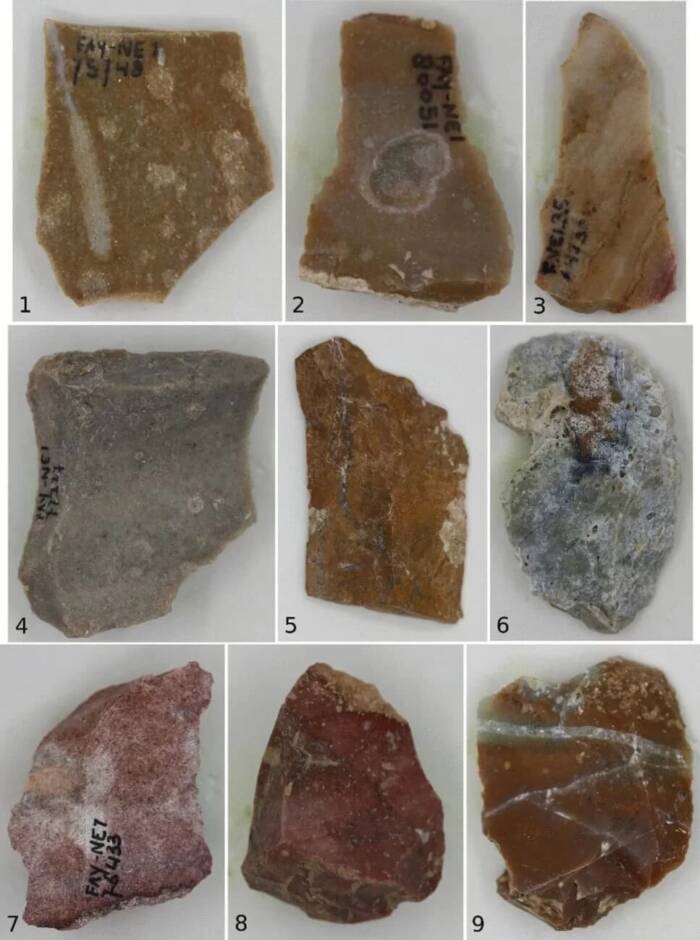
K. Bretzke et al.A collection of stone artifacts discovered at the site.
The stone artifacts date back 80,000 years, around the time when hospitable conditions were ending in the Arabian Desert. They have revealed the presence of Homo sapiens in the region during their migration out of Africa around the same time.
“The finds presented thus provide new evidence to better understand and classify the temporal and spatial course of the spread of early Homo sapiens populations from Africa to Asia. The global spread of Homo sapiens occurred in several waves, which began at least 150,000 years ago,” Dr. Bretzke stated in a press release from Friedrich Schiller University Jena. “The results now presented indicate that around 80,000 years ago one of the waves of spread ran along the southern edge of the Arabian Peninsula.”
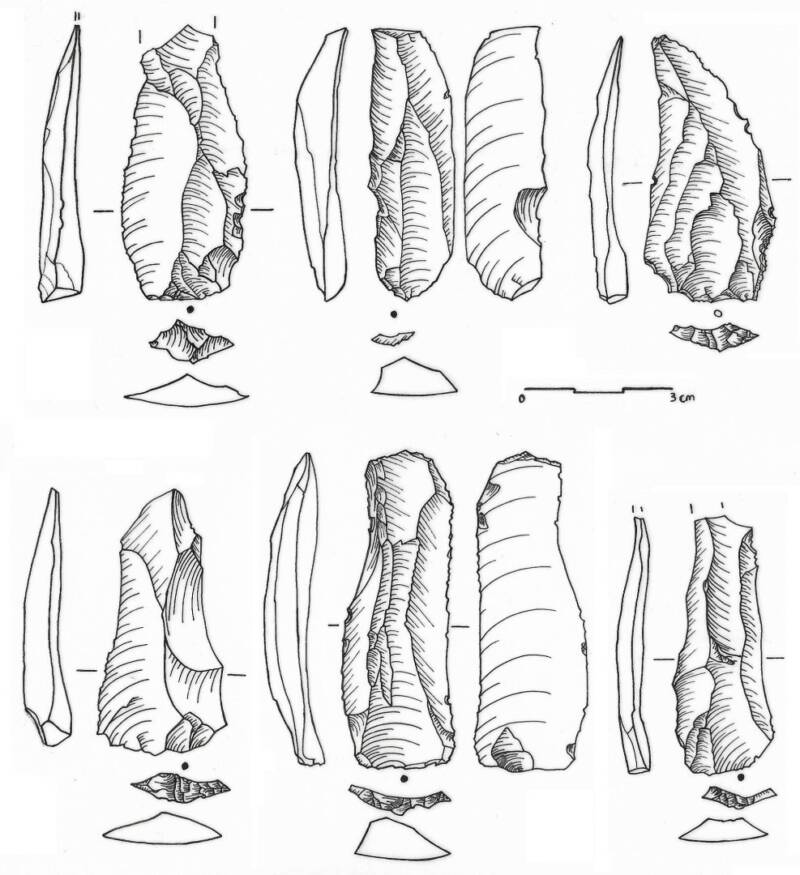
Mojdeh LajmiriAn illustration of the stone blades found at Jebel Faya.
While the stone tools represent a great step in understanding the early migration history of our species, researchers are still searching for human remains to shed more light on this prehistoric process.
“No human remains from the Paleolithic period have been found in southern Arabia so far,” Dr. Bretzke explained.
This unanswered piece of the puzzle leaves a gap in early Arabian history, but researchers remain hopeful that future excavations will uncover human remains, directly linking these stone tools to the prehistoric groups that shaped humanity’s early journeys.
After reading about the earliest evidence of systematic tool production in southern Arabia, dive into the story of the shotel, the ancient curved sword that was once the most fearsome weapon in Ethiopia. Then, read about the Callao Man, the hobbit-like early ancestor of Homo sapiens who stood just under four feet tall.
